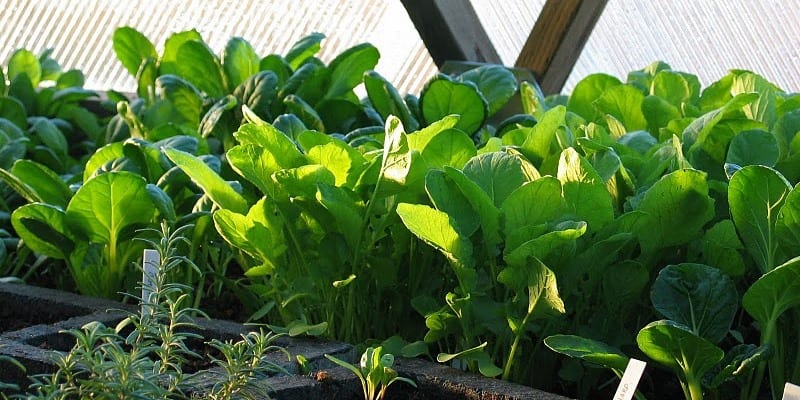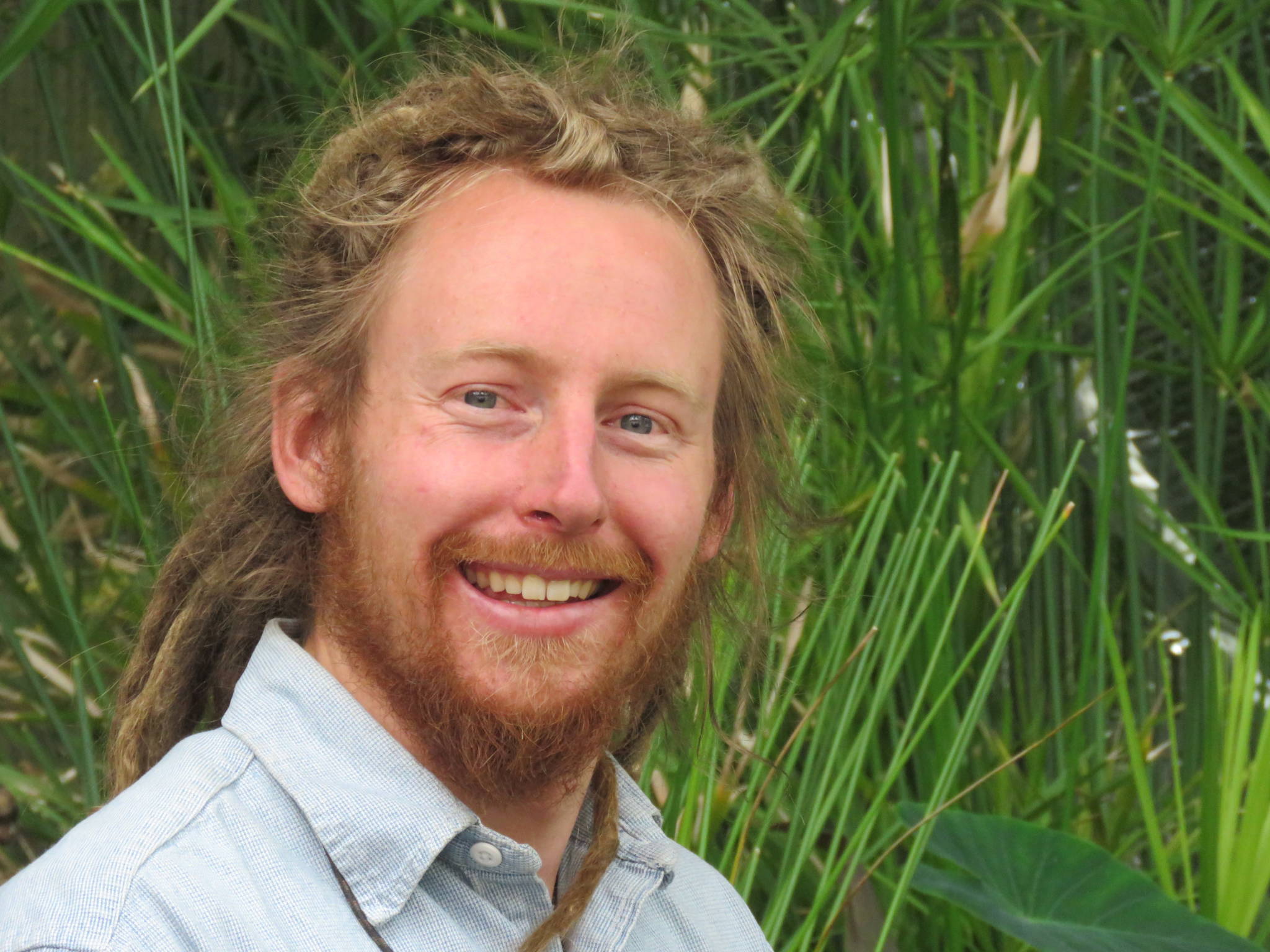

This is the most exciting time of year to be involved in gardening and we can’t help but join in and share spring planting info. When the bug hits to get growing it’s hard to resist, but when REALLY is the best time to sow what seeds in spring? And is there a way to grow year-round so you don’t have to wait until spring to get gardening?
The short answer is that this all depends on your climate and where you plan to have your garden. Here’s our synopsis of the different locations in which to garden and how this will affect your unique gardening experience this spring.
One common theme across every type of garden is the choice between cool and warm weather crops. For a list of which crops are cool and warm weather see our planting planner. These plants are divided into groups based on the soil temperatures they require for germination. Some cool weather crops can be sown as soon as the soil can be worked and most prefer soil temperatures between 40°F and 50°F. They can handle mild and brief freezing weather. Warm weather crops need an average soil temperature of 60°F to 70°F to germinate.
Outdoor Garden: If you are growing entirely outside, the best location for an early start garden is on a south facing slope or in area that is in front of a north wall that is naturally sheltered. The location will make a big difference on the success of your early sown seeds. You’ll need to make sure the soil is light and airy, with lots of organic material. Compacted soil takes longer to warm up in the spring.
There are two general windows for planting outdoors in the spring, one for cool weather crops and the other for warm weather crops. Even more critical than the soil temperature for germination are the temperatures after plants germinate. Once the warm weather plants have poked their heads above the soil, freezing temperatures must be gone or the plants absolutely need to be protected.
Temporarily Sheltered Garden: What people have done very successfully is to sow cold tolerant seeds in the fall (late September through early November – depending on your climate) when the soil is still warm enough for the seeds to germinate and then provide some form of protection for the plants to overwinter in. Examples of protection might be: a layer of straw, leaves, or other mulch, row covers, and cloches. After getting started in the fall, these plants will go dormant throughout the winter. As soon as the ground warms up in the spring they will start to regrow.
If you didn’t get a chance to overwinter cold weather crops and you’re starting from scratch, the type of protection you are using will determine how early you can get started. Determine from experience how the outdoor temperature relates to the temperature within your enclosure. Mulch, row covers and/or cloches can keep your garden around 5-10°F warmer than the ambient temperature, and can give you a small jump start.
Indoor Garden: Many gardeners choose to start their crops in their homes. This is especially true for warm weather crops. The main limiting factor inside is light. Plant starts placed in a south facing window can do fabulously, but run the risk of being burned and/or dried out. For this reason, some gardeners prefer to hang fluorescent or LED lights over their starts. This results in more even and less leggy growth. Plants started indoors must be slowly hardened off by taking them outdoors for increasing lengths of time before transplanting them entirely to the outdoor gardens.
We’ve found that herbs, salad greens and sprouts are the easiest to grow inside. Beet and turnip greens would also add an interesting flavor to that mix. Growing other vegetables indoors does take a decent amount of skill and practice because the light, humidity and temperatures are so much different that outside.
Greenhouse Garden: Many novice gardeners start outdoors and then expand from there looking for ways to stretch their seasonal hobby. There is a wide range of possibilities available from cold frames to hoop houses to glass greenhouses to porch greenhouses to Growing Domes. They vary from 5°F warmer (a hoop or glass greenhouse) to 30°F warmer (a Growing Dome) than the outside temperature. Unless you are willing to spend a lot of money on supplemental heat, all but the Growing Dome act purely as a season extender allowing you to grow later into the fall and start earlier in the spring. With the Growing Dome we are able to grow year-round in the Rocky Mountains without the use of supplemental heat because the unique set of solar powered features keep the greenhouse 30°F warmer than outside temperatures.
All of the rules about cold hardy and warm weather crops still apply to greenhouses, including the Growing Dome, unless you live in a mild climate or you add supplemental heat. The benefit of the Growing Dome is that you need 1/3rd less heat than you would in a typical greenhouse. It is also hard to germinate seeds in the dead of winter because of the lack of light. If you choose to go without heat, the efficiency of the Growing Dome still allows you to start seeds in the fall for harvest all winter long and to start warm weather crops and put them in the ground much earlier than you could by any other means.
For more helpful tips and photos of spring crops in the Growing Domes visit our Facebook page.
Here at Growing Spaces we are bonded together by the need to enact positive change in the world by joining the movement to help more people grow their own food. At the same time, we’ve found that the Growing Dome greenhouse has proven to be the perfect centerpiece for our activism because of the amazing gardens it nurtures. We love how our product and our passion seamlessly intertwine. The mission that is closest to our hearts is that of spreading the love of gardening and of wholesome, fresh food. This means that we get to participate with gardeners of all types, indoor and out, and we’re delighted to be a part of this ever growing community.
Authors: Udgar Parsons, Owner & Founder, and Stacey L. L. Couch

2 Comments
Where can I find information on your website about the solar waterfall for a 15′ dome?
Hi Nancy, Thanks for checking in. To order a solar waterfall for your existing Growing Dome you’ll need to call Destiney in our Service Requests Dept. Just call our main line… 970-731-2120 and ask for her. Sincerely, Stacey